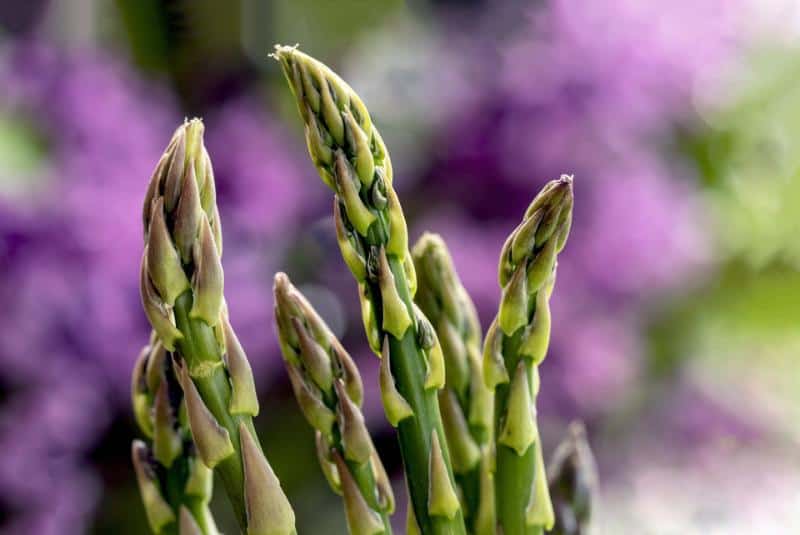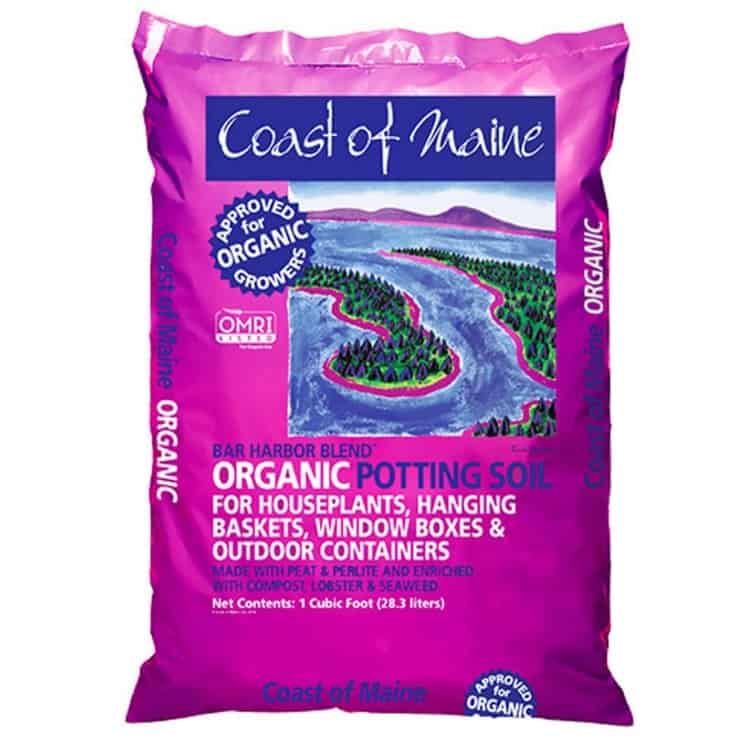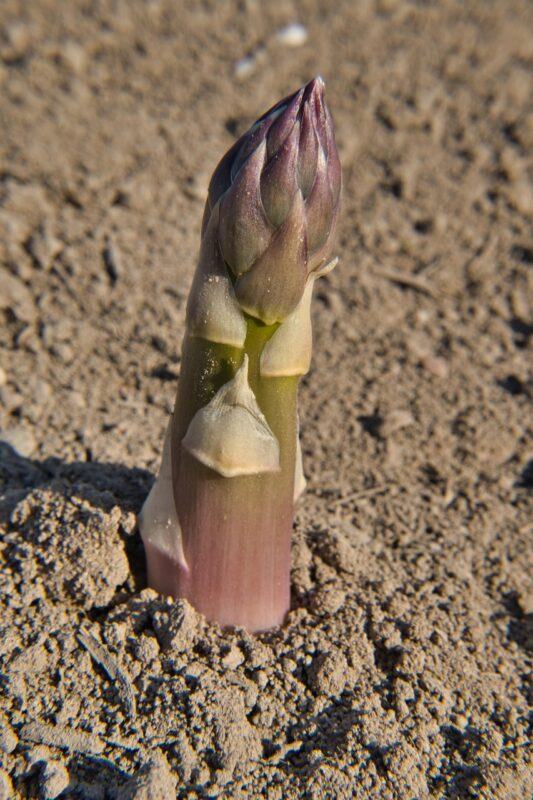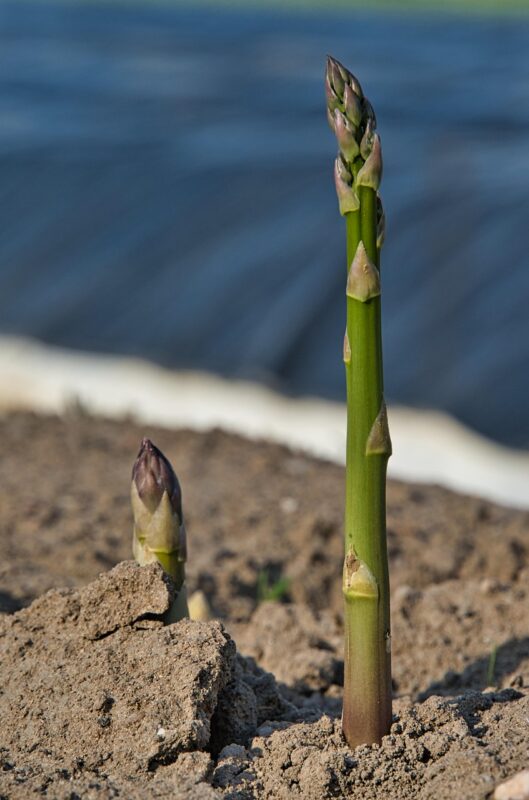Among the various vegetables you can grow, asparagus holds a special place; it’s a perennial vegetable that can yield delicious spears for over 15 years with proper care. However, many people wonder if they can grow asparagus in pots, especially those with limited garden space or poorer soil quality. In this guide, we’ll explore the ins and outs of planting asparagus in pots, helping you make the most of your container gardening experience.
Why Choose to Grow Asparagus in Pots?
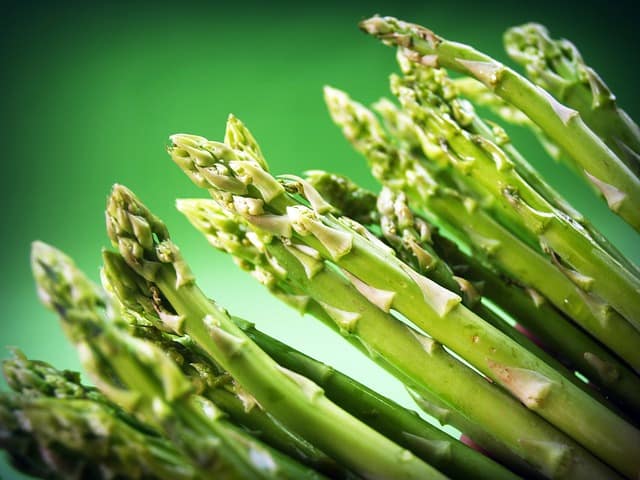
Growing asparagus in pots can be an attractive option for many gardeners. Here are some compelling reasons that might make container growing suitable for you:
Space Constraints: If you live in an apartment or have a small yard, pots can provide a practical solution. They allow you to cultivate asparagus even in limited spaces.
Soil Quality Control: Many urban gardeners deal with poor soil quality. Planting asparagus in pots allows you to choose the best soil mix, giving your plants a better chance to thrive.
Mobility: Container gardening offers the flexibility of moving your pots to take advantage of sunlight or shelter them from harsh weather, whether it’s searing heat or unseasonal frosts.
Aesthetics: Container gardens can enhance the beauty of your patio or balcony. Beautiful pots can serve as unique decorative elements, turning food production into a visually pleasing feature.
Pest Control: Keeping asparagus in pots may also help manage pests more effectively, as it limits the plants’ exposure to ground-dwelling pests and diseases that can plague traditional garden beds.
Selecting the Right Pot for Asparagus
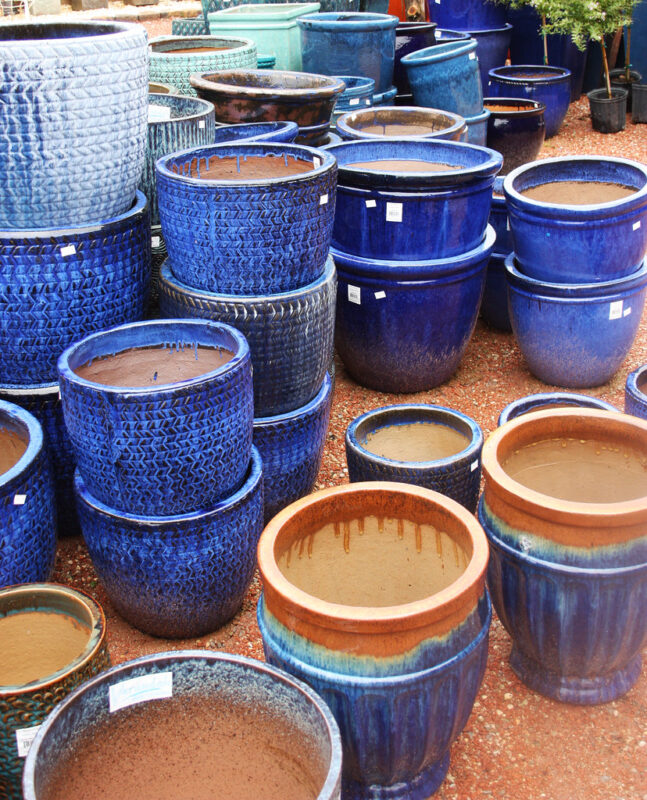
Choosing the appropriate pot is crucial to the success of your container-grown asparagus. The right pot will encourage healthy root growth and provide adequate drainage. Here are some key considerations:
Size Matters: Asparagus requires a significant amount of space for its roots. Ideally, each pot should be at least 12-18 inches deep and wide. For best results, consider using a pot that holds around 10-15 gallons of soil. This size will allow the roots to expand without becoming root-bound.
Drainage: Proper drainage is essential for asparagus. Look for pots with multiple drainage holes at the bottom, or consider using a pot without a drainage hole if you’re prepared to manage water levels carefully.
Material Selection: The material of the pot can also influence the growth of your asparagus. Terra cotta pots are porous and excellent for drainage, but they can dry out quickly. Plastic or resin pots retain moisture better, which can be beneficial in hot climates. Choose a material that suits your climate and the care routine you plan to maintain.
Self-Watering Options: If you’re concerned about maintaining consistent moisture levels, consider utilizing self-watering pots. These pots have a reservoir at the bottom that can help regulate moisture more effectively, reducing the risk of over- or under-watering.
Soil Considerations for Container Asparagus
Providing the right soil mix is vital for optimal growth in any container garden, and asparagus is no exception. The ideal soil for growing asparagus is loose, well-drained, and rich in organic matter. Here’s how you can achieve this:
Soil Composition: A good mix might include equal parts potting soil, compost, and sand or perlite. This blend ensures your asparagus has the nutrients it needs while providing excellent drainage.
pH Levels: Asparagus prefers a slightly acidic to neutral pH, ideally between 6.0 and 7.0. You can test your soil’s pH with a soil test kit and amend it if necessary with lime (to raise pH) or sulfur (to lower pH).
Fertilization: Incorporate a slow-release organic fertilizer into your potting mix to ensure a steady supply of nutrients throughout the growing season. Look for fertilizers high in phosphorus to promote deep root and spear development.
Choosing Asparagus Varieties for Container Growth
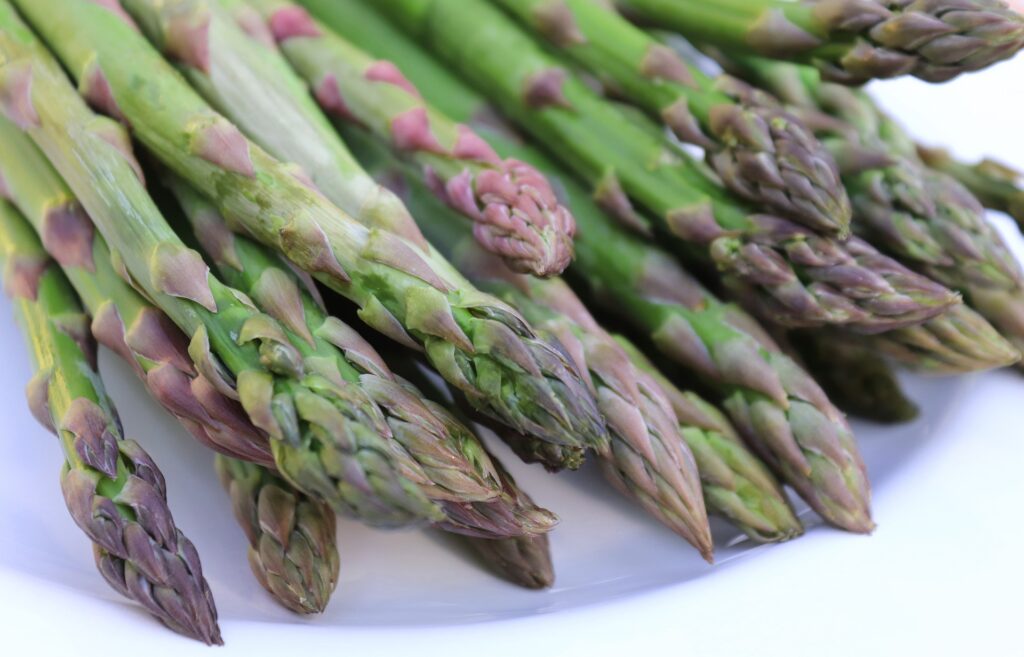
Not all asparagus varieties are equally suited for container growth. When selecting seeds or crowns, consider the following options:
‘Jersey Giant’: This variety is known for its fast growth and heavy yields. It produces thick, tender spears and is resistant to many common diseases.
‘Mary Washington’: A traditional heirloom variety, ‘Mary Washington’ is adaptable and produces well in different growing conditions. It’s known for its excellent flavor.
‘Purple Passion’: This unique variety has a stunning purple hue when young and has a slightly sweeter taste compared to traditional green asparagus. It’s a great choice for diversifying your harvest.
Hybrid Varieties: Many garden centers offer hybrid varieties specifically bred for container gardening. These often have characteristics conducive to small-space gardening, such as compact growth and disease resistance.
Planting Asparagus Crowns in Pots
The process of planting asparagus in pots is relatively straightforward, though it’s crucial to adhere closely to the correct procedures for optimal results. Here’s a step-by-step guide:
Preparation of Pots: If your pots are new, wash them to remove any residues that could harm your plants. Ensure they have adequate drainage.
Filling the Pot with Soil: Fill your chosen pot with the pre-mixed soil, leaving about 2 inches of space at the top to allow for watering.
Planting the Crowns: If you are using asparagus crowns (already established roots), plant them about 6-12 inches apart. Make a shallow hole for each crown, place it gently in the hole, and cover it with about 2-3 inches of soil.
Watering: After planting, water the crowns deeply to help settle the soil around the roots. Subsequent watering should keep the soil moist but not soggy.
Mulching: Applying a layer of organic mulch on top of the soil can help maintain moisture and suppress weeds, making your asparagus pots low-maintenance.
Caring for Your Potted Asparagus
Once your asparagus crowns are planted, it’s important to continue caring for them properly to ensure a successful crop. Here are some key aspects to consider:
Watering: Consistency is key. Ensure the soil remains consistently moist, especially during the hot summer months. However, make sure not to overwater; soggy soil can lead to root rot.
Fertilization: Feed your asparagus with a balanced fertilizer about once a month during the growing season. After the harvest period, reduce feeding to allow the plants to rest and prepare for their dormant stage.
Weed Management: While potted asparagus typically has fewer weed issues than garden beds, it is still a good practice to periodically check for weeds. They can compete for moisture and nutrients, so remove any that appear.
Winter Care: In colder climates, asparagus pots may need extra protection in winter. Consider moving pots to a sheltered area or wrapping them with burlap or frost cloth to protect the roots from freezing.
Harvesting: Asparagus plants can be harvested for the first time about three years after planting crowns. In the early years, only harvest a handful of spears. In subsequent years, you can gradually increase your harvest, but be sure to leave enough spears to allow the plant to photosynthesize and build strength for the next season.
Common Challenges with Growing Asparagus in Pots
While growing asparagus in pots can be rewarding, it’s not without its challenges. Here are some common issues you might face and how to address them:
Root Space Limitations: If your pot is too small, the roots may become bound, leading to stunted growth. If you notice this happening, consider transplanting your asparagus into a larger pot.
Watering Issues: Overwatering can cause root rot, while underwatering can stress your plants. Establish a consistent watering schedule based on weather conditions, and always check soil moisture levels.
Pest Management: Pests such as aphids or asparagus beetles can be a concern. Regularly inspect your plants and consider using organic pest control methods or insecticidal soap when necessary.
Nutrient Deficiency: Leaf color changes can indicate nutrient deficiencies. For instance, yellowing leaves might suggest a lack of nitrogen, while poor spear development can indicate a phosphorus deficiency. Adjust your fertilization routine as needed.
Conclusion: Embrace Container Gardening with Asparagus
In a world where urban spaces are becoming more crowded and gardening plots are increasingly scarce, growing asparagus in pots can be a fulfilling and practical choice for many gardeners. Not only does it allow you to cultivate this delightful perennial vegetable in a space-efficient manner, but it also gives you control over soil quality, drainage, and pest management.


